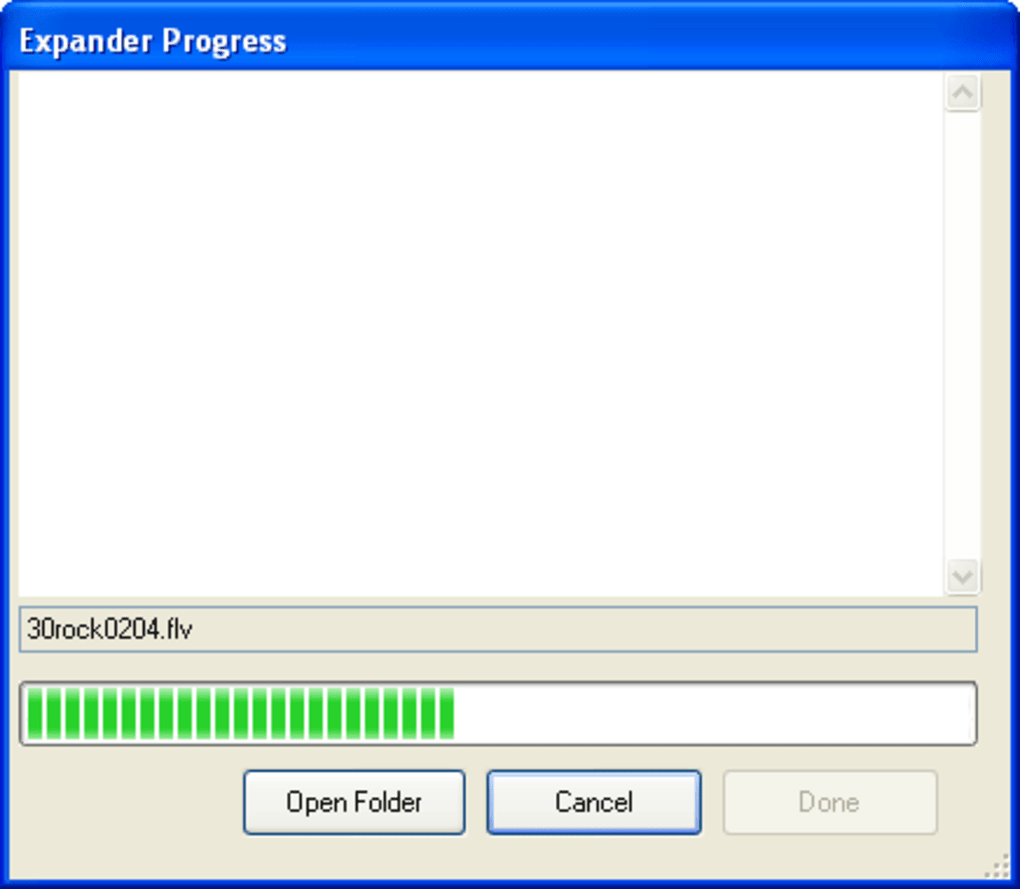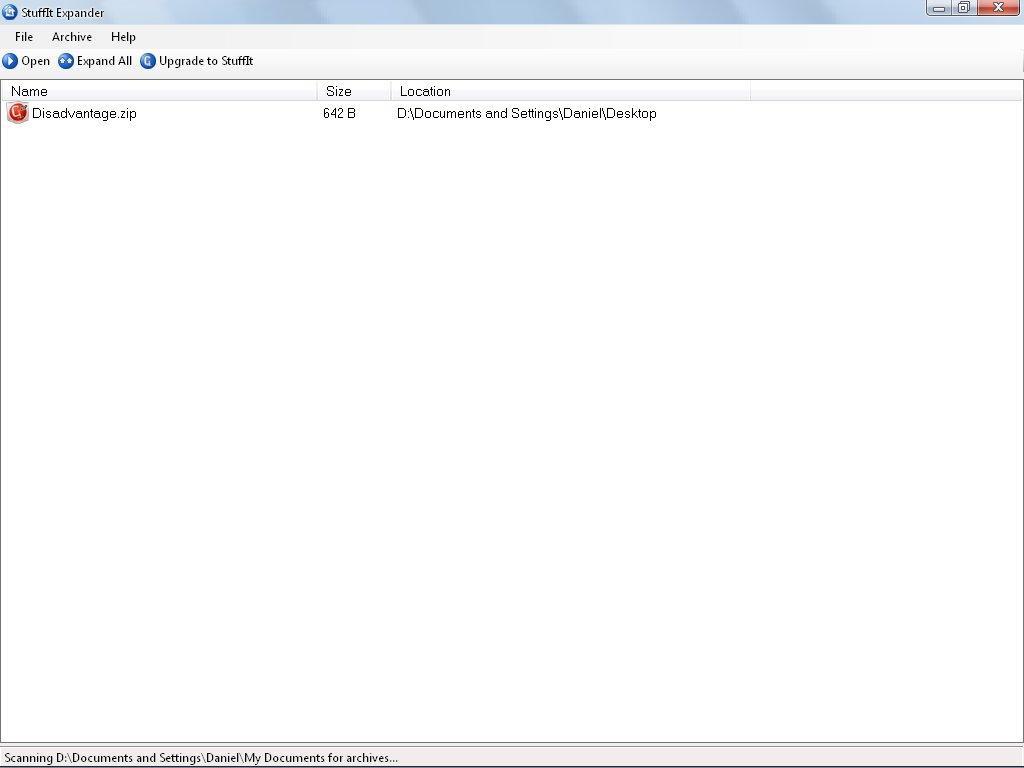
- STUFFIT EXPANDER DOWNLOAD APPLE MAC OS
- STUFFIT EXPANDER DOWNLOAD APPLE INSTALL
- STUFFIT EXPANDER DOWNLOAD APPLE ARCHIVE
You can also download the latest version of Stuffit Expander at: " ". You can just double click on this file and it will unpack with no problem. If so, after Stuffit Expander quits, you will usually end up with a file named ".sea.1". Some may get an erroneous message from Stuffit Expander if you are using a version older than 5.0. Machines which do not have a 68881 or 68882 math coprocessor Version" () is also available for 680x0 based

The " 68K version" () will run on 680x0 based Macintoshes having a Motorola 68881 or 68882 math coprocessor.

This version has only been tested on OS 9.* Note that this version will not handle file names longer than 31 characters. Version" () will run on PowerPC based Macintoshes running

Let me know if you are not able to uncompress it. Version" () will run on PowerPC- and Intel-based Macintoshes running OSXġ0.1 through 10.5.* or those running OS8.6 thru OS 9.* as long as CarbonLibġ.4 or later is in the system extension folder.
STUFFIT EXPANDER DOWNLOAD APPLE ARCHIVE
After upgrading, the commands in the File menu that use QuickTime for Java will be gone but you can still run these plugins directly from the Plugins/QuickTime submenu.- The " Universal version" will run native on PowerPC- and Intel-based Macintoshes running OSX 10.4 through 10.11.* This is a zip archive file. To upgrade to the latest version of ImageJ, replace the ij.jar file in the ImageJ folder with a newer one from. Must be installed in order for the Plugins/Compile and Run command to work. The MRJ Software Development Kit (SDK) fromĭ/java/text/download.html
STUFFIT EXPANDER DOWNLOAD APPLE INSTALL
Older systems, you must install it by selecting "QuickTime for Java" in the "Custom" install option of the QuickTime installer.
STUFFIT EXPANDER DOWNLOAD APPLE MAC OS
Which is preinstalled on Mac OS 9.04 and later. command are preinstalled plugins that require commands in the File/Import submenu and the File/Save As/QuickTime Note: drag and drop may not work until you delete all older versions of ImageJ and rebuild the desktop. Files can be any type supported by ImageJ'sįile/Open command (TIFF, JPEG, GIF, BMP, DICOM, FITS, PGM, ZIP/TIFF, LUT, ROI or text). With creator code "imgJ" that are double-clicked. The QuitHandler plugin in the plugins/Utilities folder is called by ImageJ to open files dropped on the ImageJ icon and files In the case shown here, ImageJ is using 65MB of memory and 134MB is available for opening additional images and stacks. The Finder's "About this Computer" window is a good way to monitor ImageJ's memory usage. Loading images! It may, however, be necessary to allocate more memory to ImageJ to avoid error messages with plugins that use Strangely enough, allocating more memory to ImageJ reduces the amount of memory available for Java applications allocate memory from the System heap so there is usually no need to increase the value of "Preferred Size" in ImageJ will run on a 64MB Mac but it runs better with 256MB or more, particularly when working with large images and/or stacks. Older versions of MRJ had many bugs so users of older Macs may need to upgrade to the latest version. ImageJ requires Macintosh Runtime for Java (MRJ), available from MRJ requires Mac OS 8.1 or later.

To run ImageJ, double-click on the ImageJ icon. (Use Stuffit Expander if your browser does not automatically expand the archive.) Move the resulting "ImageJ" folder to a convenient location such as the Applications folder. Download and expand the Macintosh self-extracting archive.


 0 kommentar(er)
0 kommentar(er)
